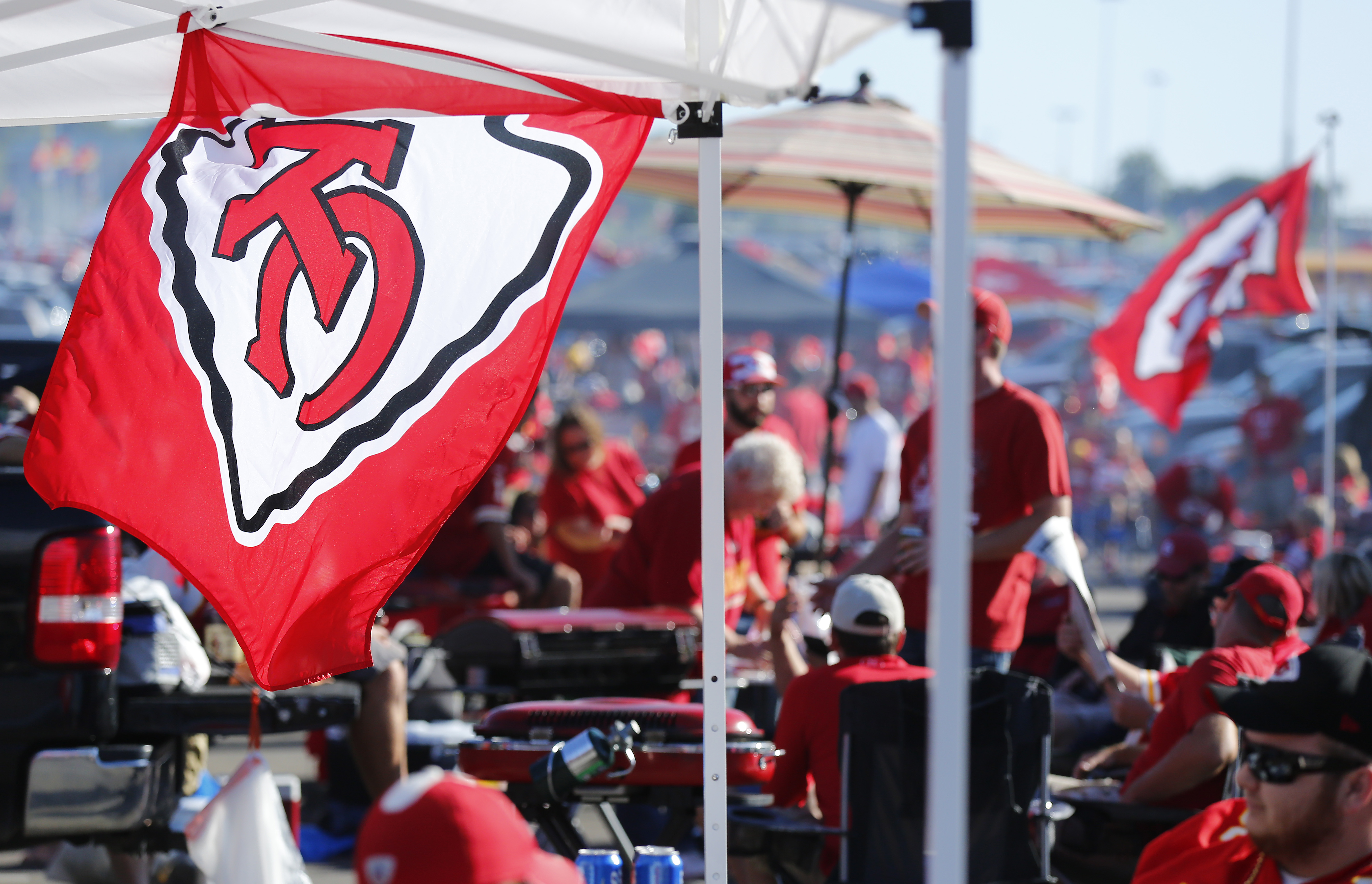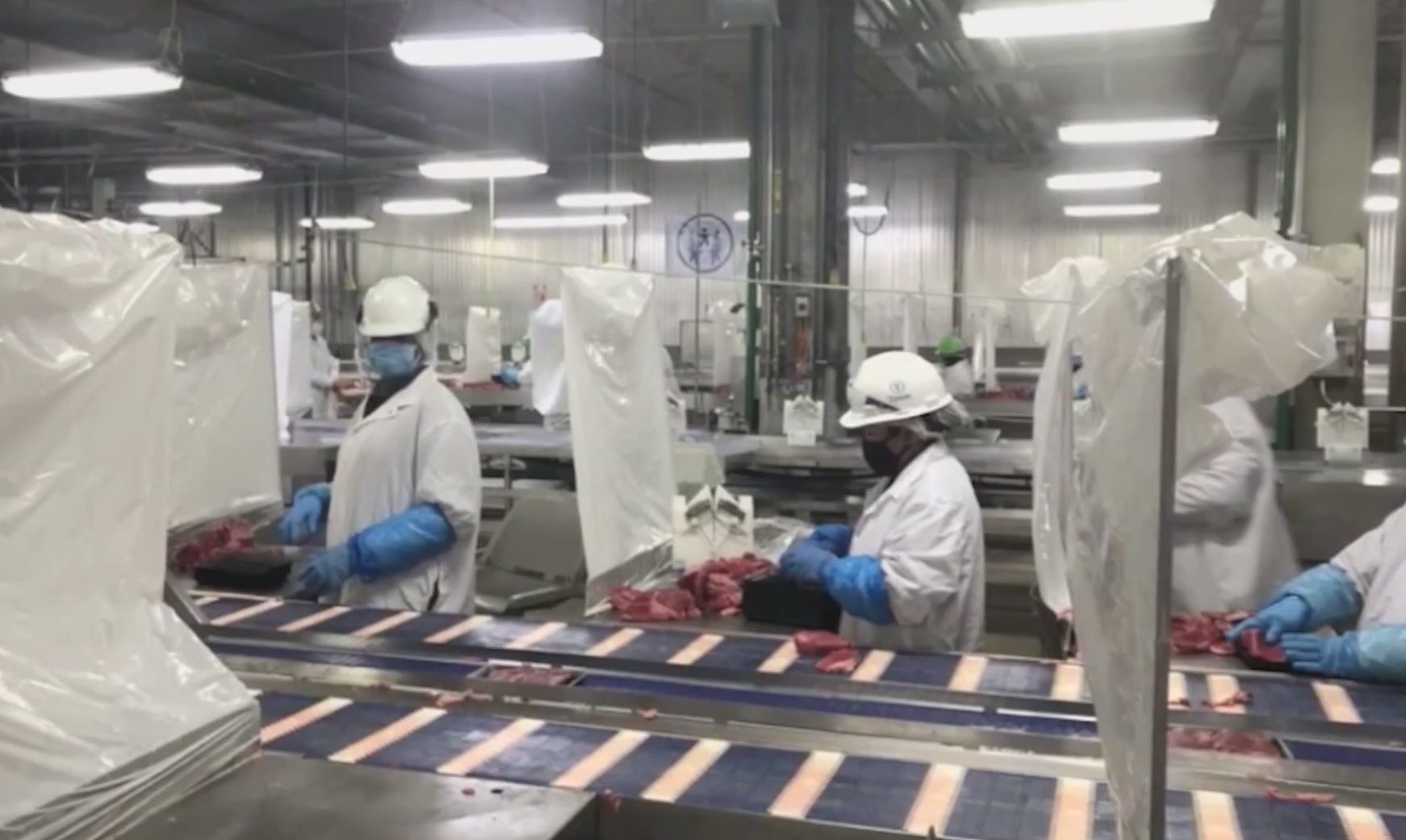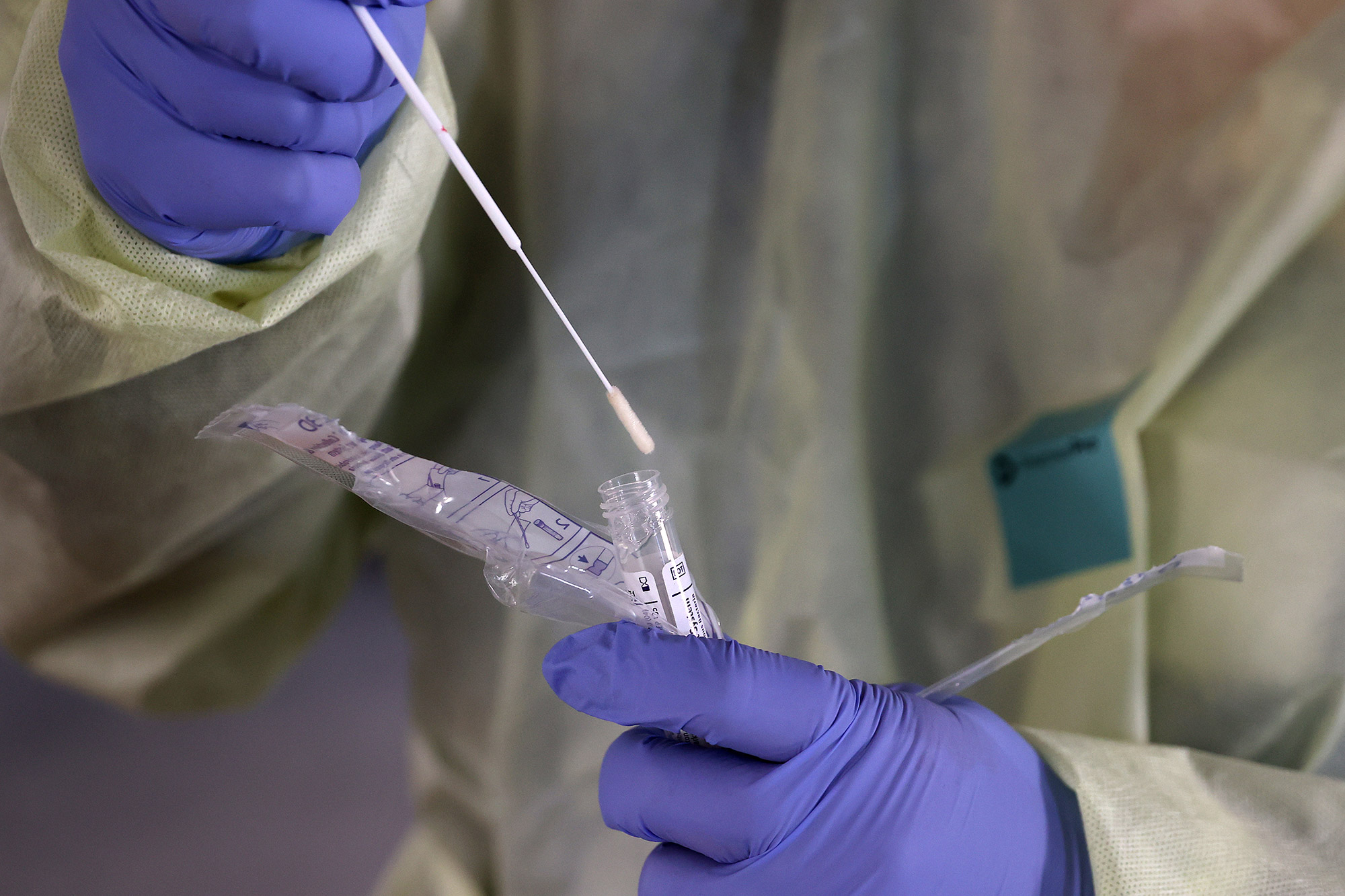KANSAS CITY, Mo. — When will life get back to normal? And what will that new normal look like?
FOX4 set out to speak with a number of experts to get an idea of what they think our day-to-day life will look like in the immediate future.
“Those are very heavy questions and ones we’ve thought about quite a bit,” Ellen McBrayer, spokeswoman for the National Funeral Directors Association, told FOX4. “I believe this pandemic has brought an awareness of the value of connections and relationships and how important those are during the grief process. It’s shown us the value of being with friends and loved ones.”
In fields ranging from sociology to travel, FOX4 found that there wasn’t one definitive answer.
“We don’t know what the next few months or next year will look like,” said Michelle Smirnova, sociology professor at the University of Missouri-Kansas City. “The virus will determine that.”
But they all agree society’s new normal will incorporate the need for personal connections with:
· Heightened awareness of the health and safety of students, employees and customers
· Increased use of hand sanitizer, social distancing, and facemasks
· New and expanded uses of technology
· Options on how people vote
· Alternatives to where people work
“I think we’ve seen a number of trends developing in recent years, like working from home and the use of Amazon for home deliveries,” Smirnova said. “In some ways, this (pandemic) is going to push these trends that were already developing.”
Employers, for example, may have more flexible work-from-home policies.
“We’ve learned that a lot of jobs can done from home,” Smirnova said. “And work-from-home policies can be positive, particularly for women. So there is a hopeful silver lining.”
Those work-from-home policies could change where people in certain industries live.
“Jack Dorsey, the CEO of Twitter, recently announced that his employees could work from home indefinitely,” Smirnova said. “That might be an incentive for some to move away from the San Francisco Bay Area.
“In the long-term you could have people living in different cities – far from where they work.”
Not all employees, however, can work-from-home.
“Many essential workers, like delivery truck drivers or those in factories and warehouses, can’t work from home,” Smirnova said. “We still need people working in meat-packing, prisons, and other industries. It’s more white-collar jobs that can be done on a work-from-home basis.”
New Normal In Education
Although teachers have worked from home during this pandemic, and moved their classrooms online, Smirnova doesn’t expect that will be a permanent change.
“Given the pushback from my own students, I don’t see this going on in the future,” she said. “As humans, we crave human connections – in-person human connections. And that is something that’s lost when we transition to online classes.”
“Next year may be a precarious situation,” she added. “It may not be safe to be in indoor spaces where you could potentially transmit COVID-19. But what next year looks like is not necessarily what the future will look like. I think this is a temporary situation.”
So do colleges and universities across Missouri and Kansas, which say they’re making plans for in-person classes this fall.
But they understand the virus could change those plans.
“We anticipate being back on campus for face-to-face courses and the full UMKC campus experience in the fall,” Jenny Lundgren, provost and executive vice-chancellor, wrote on UMKC’s website. “We are mindful, however, that public health officials are recommending that we be ready for multiple scenarios. Because the health and safety of our campus community is our top priority, these may range from a stay-at-home order requiring all-online instruction, to a return to a fully wide-open campus or something in-between.”
Earlier this month, the Missouri School Boards’ Association issued guidelines to get K-12 students, teachers, and staff safely back in their classrooms.
Those recommendations include:
· Staggering arrival and drop-off times
· Spacing desks at least six-feet apart
· Creating safe distances between children on school buses
· Increasing routine cleaning and disinfection of frequently touched surfaces
· Revising sports schedules and activities to decrease the spread of COVID-19
The Kansas State Department of Education said it plans to release re-opening guidelines for schools by July 10, 2020.
New Normal In Travel Industry
The travel industry, which lost 8 million jobs amid the COVID-19 outbreak, has finalized plans to get tourists safely back on the road or in the air.
The U.S. Travel Association released its “Travel in the New Normal” report on May 4, which outlines steps to reduce the spread of COVID-19 and restore consumer confidence in the industry.
Those recommendations include:
· Implementing touch-less options for travelers
· Increasing sanitation procedures
· Promoting health-screenings measures for employees and isolating workers with COVID-19 symptoms
· Following CDC guidelines for employees who test positive for COVID-19
Several airlines, including Delta, unveiled new protocols to ensure travelers’ safety, including:
· Requiring facemasks for customers and employees
· Boarding planes from the back to the front
· Reducing the number of customers on flights
· Reducing food service options. Travelers can still bring TSA-approved food on board.
Smirnova, however, worries COVID-19 could still disrupt overseas travel.
“One reason we’re in this situation is because of how globalized we are,” she said, noting this highly contagious pathogen originated in China and spread around the world. “People move around the globe. But I wonder if some countries might not– in a post-COVID-19 world — let people from the United States come in their countries. They may think of us as a vector for the virus because of how we’ve handled this outbreak.”
“Will global travel be a thing of the past?” she added. “Will it be more difficult to travel abroad Post-COVID-19? I travel a lot — multiple times a month — and that worries me.”
New Normal In Shopping
One industry Smirnova isn’t worried about in a post-COVID-19 world is e-commerce. The virus made buying products online a convenient and safe alternative for those worried about leaving their homes during this pandemic.
“We’ve seen a growing trend in people buying groceries online and using Amazon,” Smirnova said. “And that trend became much more common amid COVID-19.”
How much more common?
According to Adobe Analytics, which monitors the e-commerce industry, online sales have skyrocketed during the coronavirus pandemic. Online grocery sales, for example, soared 110% from March 12- April 11, the company said. And online book sales jumped 100% during that same timeframe.
New Normal In Medicine
COVID-19 also triggered a positive change in health care, Smirnova said.
It’s a change she hopes will become a new normal.
“One good thing that has come from this is the increased use of telemedicine,” Smirnova said of the technology that allows doctors and nurses to see patients for virtual, online visits. Medicare and Medicaid now cover the costs of those remote visits.
A recent report by Arizton Advisory & Intelligence showed 76% of U.S. hospitals now use telemedicine to connect with patients. The report also predicts telemedicine will grow 30% over the next five years.
Smirnova says the virus could spur other, positive changes in health care.
“This could spark an increased interest in public health and how we protect people,” she said. “We may also start having national conversations about paid sick leave and taking time off when we’re sick. We might see mandatory paid sick leave. And it may become the norm for people not to come to work when they’re coughing or sick.”
New Normal In Voting
The coronavirus will also change how Missouri voters can cast their ballots in the upcoming 2020 elections.
Earlier this month, state lawmakers passed a bill that allows voters 65 or older or at high-risk of COVID-19 to cast absentee ballots without a notary. All other voters can mail-in their ballots, but they must be notarized. This measure, however, expires at the end of the year.
But absentee voting isn’t the only option for Missourians worried about going to a crowded polling place during this pandemic.
“We have curbside voting available so people don’t have to get out of their cars to vote,” Missouri Secretary of State Jay Ashcroft told FOX4. “A poll worker will bring them a ballot to their car. Some locations will also set up drive-through voting.”
Election officials in Jackson and Clay counties confirmed curbside voting would be available in the upcoming elections. “Someone will be outside ready to assist, but will have to take the voter’s ID inside and then bring a ballot back outside,” said Corey Dillon, Democratic director for the Jackson County Election Board.
Kansas voters can request an advance ballot by mail, according to Secretary of State Scott Schwab’s Office.
“Individuals who have underlying health conditions or who are concerned about the prolonged impact of COVID- 19 are encouraged to request an advance ballot by mail,” his office said, adding the state has allowed this method of voting since 1996.
Election officials on both sides of the state line said they’re taking additional steps to protect voters and poll workers.
Schwab’s office, for example, said it secured $1 million in PPE for Kansas polling places, including face masks, gloves, hand sanitizer, and disinfectant spray. It also distributed $2.6 million to counties across the state to help cover COVID-19 election expenses.
And Ashcroft delivered thousands of facemasks, face shields, and bottles of hand sanitizer to election officials across the state this month.
“We are doing more to make elections safer to participate in than has ever been done before,” he said.
But what if there’s a second wave of COVID-19 this fall?
What’s his message to voters who could be afraid to cast their ballots in the November presidential election?
“They don’t need to fear going to vote,” Ashcroft said. “This November election will be the safest election we’ve had in Missouri.”
New Normal in Funeral Home Industry
COVID-19’s wrath also changed the way people say their final goodbyes to loved ones. Stay-At-Home Orders issued during the pandemic limited the number of people who could attend funerals.
“This has been a very tough, emotional time for families,” said Ellen McBrayer with the National Funeral Directors Association. “In Georgia, we can only have ten people at a service. So we’ve had to come up with new ways to serve our families.
“One family asked us to put roses in the seats at the funeral for every family member who couldn’t attend the service,” she added. “Another asked my colleague to release balloons to represent the family members who couldn’t be at the service.”
Funeral homes also used technology to bring families together during the pandemic, including live-streaming services.
And some families developed their own creative ways to come together online and remember a loved one.
“We had one family whose dad passed away during the strict travel restrictions,” McBrayer said. “One of his children talked about how difficult this was because his brothers lived out-of-state.
“That family came up with a beautiful idea. They said their dad loved to grill, but was terrible at it. So they decided to Facetime each other while they all grilled and share stories about their dad.”
Asked if technology will play a role in post COVID-19 funerals, McBrayer said: “I believe our new normal will be a hybrid of both traditional services and the use of technology.
“I think live-streaming services is here to stay. But I also believe we’ll come back together for big, in-person services. We will still have personal connections. This pandemic has created such an awareness of how important it is to become and stay connected.”





